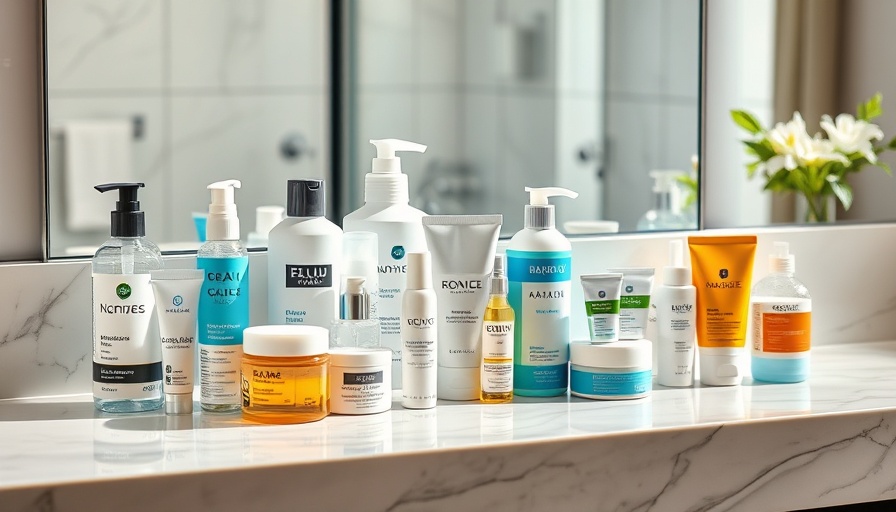
How Personal Care Products Affect Indoor Air Chemistry
A new study from the Max Planck Institute for Chemistry has unveiled a fascinating insight into how personal care products like body lotion and fragrances impact indoor air quality. Originally discovered in 2022, researchers found that humans generate an oxidation field comprised of hydroxyl radicals (OH) when indoors, largely influenced by the interaction of ozone and the oils on our skin. However, these new findings suggest that the very products designed to enhance our personal scent and skin health may significantly hinder the production of these critical OH radicals.
The Chemistry Behind Fragrance and Body Lotions
This suppression occurs because body lotion creates a physical barrier, preventing ozone from reacting with the skin’s natural oils, particularly squalene. Meanwhile, the presence of ethanol in many fragrances acts as a sink for OH radicals, reducing their availability and potentially altering the indoor oxidative processes that affect air quality. Given that most individuals spend up to 90 percent of their time indoors, the implications of these findings are critical for understanding human exposure to indoor pollutants.
Implications for Health and Well-being
The interaction between personal care products and indoor air chemistry may pose health risks that remain inadequately explored. Prolonged exposure to indoor chemical cocktails, generated by various sources like household materials and personal activities, poses concerns on human health. As many chemicals are transformed within our immediate spaces, the challenge remains to find a balance between maintaining personal hygiene and managing the potential health risks posed by these modifications in indoor atmospheric composition.
Next Steps: Rethinking Indoor Environments
For tech professionals, healthcare practitioners, and other stakeholders in health and wellness, this study underscores the importance of ongoing research into indoor environments. Understanding how personal care products influence our health will be vital not only for developing safer products but also for informing the public on health risks associated with their everyday choices.
 Add Row
Add Row  Add
Add 




 Add Row
Add Row  Add
Add 



Write A Comment